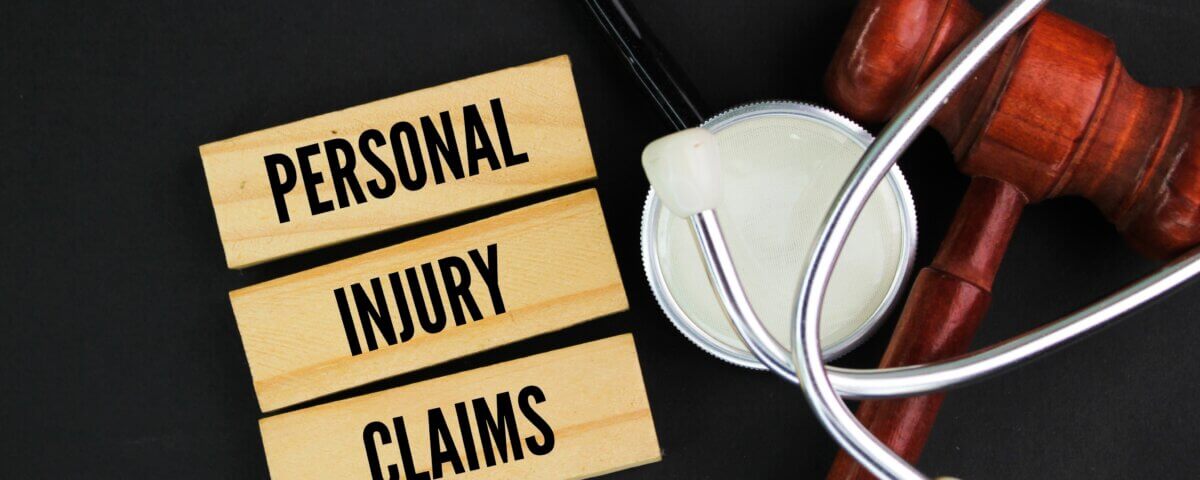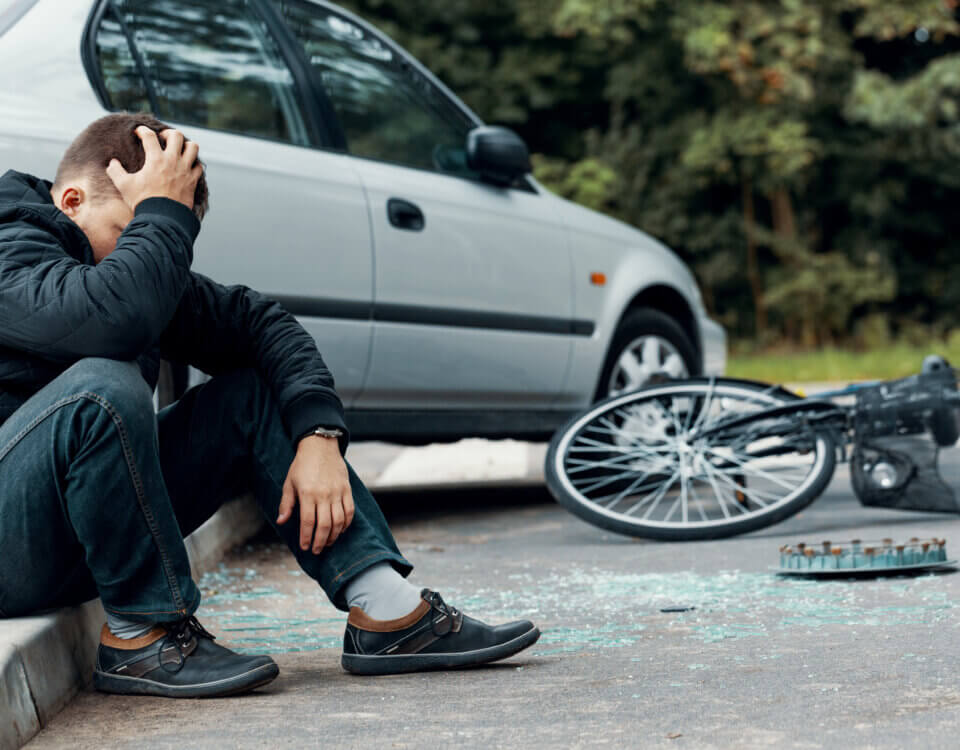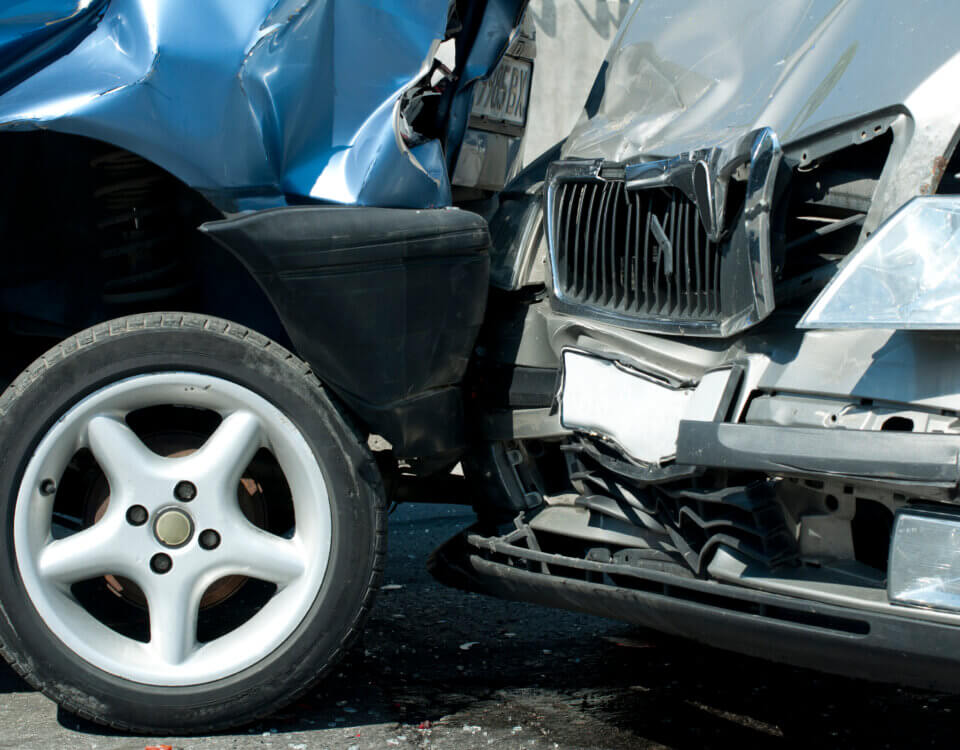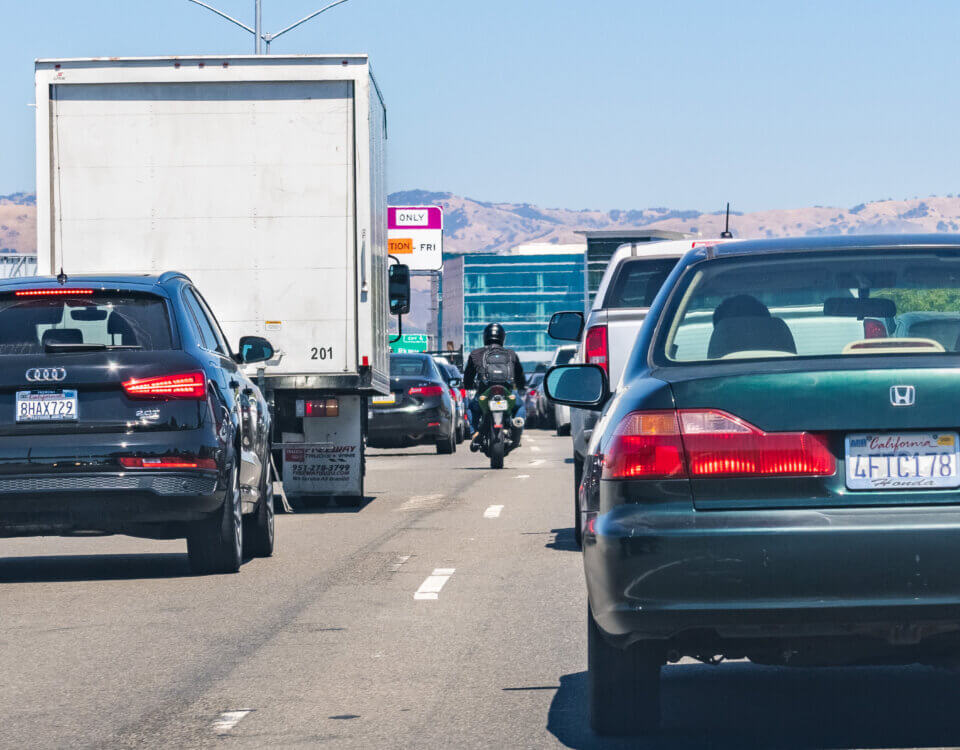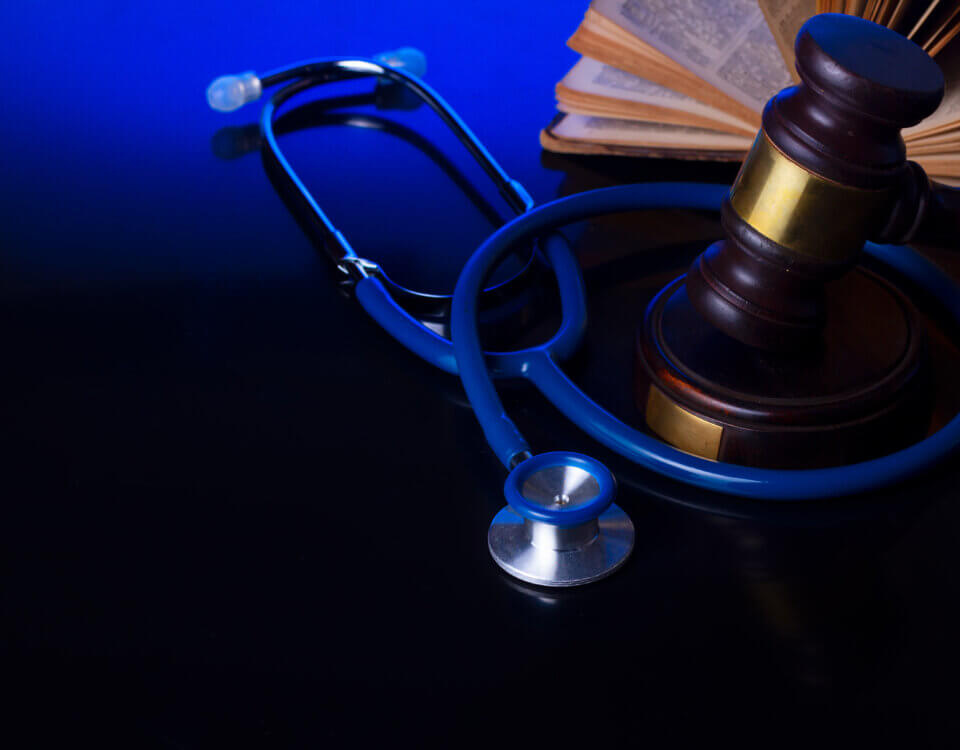After an accident, many people assume they can’t file a personal injury claim if they believe the accident was their own fault. However, even if you think you were partly to blame, you may still be entitled to compensation under California law. Understanding how liability works is crucial to protecting your rights.
At Hillstone Law, we help injured clients uncover the truth about who is legally responsible and pursue the compensation they deserve.
What If the Accident Wasn’t Your Fault?
An accident may not be your fault if it happened because of factors outside your control. To bring a valid claim, you generally need to prove that:
- The at-fault party owed you a duty of care.
- That duty was breached.
- The breach caused your injuries.
- You suffered damages within the last three years (in most cases).
For example, if you lost control of your bike due to a pothole or defective road surface, the city or local authority responsible for maintaining the roadway could be liable. Proving this often requires a thorough investigation by an experienced attorney.
What If You Were Partly at Fault?
California follows a comparative negligence system, which means you can still recover compensation even if you were partially responsible for the accident.
This is often handled through a split liability agreement. For instance:
- If you were found 25% at fault, your compensation would be reduced by 25%.
Even with shared fault, you may still recover significant damages for your medical bills, lost wages, and pain and suffering.
Vicarious Liability Cases
In some situations, another party can be held responsible even if you contributed to the accident. This is known as vicarious liability.
The most common example is workplace injuries. Even if you believe your own actions led to the injury, your employer may still be held liable if the accident occurred in the course of your employment. Employers are often accountable for the actions — or inactions — of their employees.
Contributory Negligence: When You Could Have Prevented Harm
If you didn’t take reasonable precautions to protect yourself, such as wearing a seatbelt during a car accident, the court may find you contributorily negligent.
For example, if the court decides wearing a seatbelt would have reduced your injuries by half, your compensation could be reduced accordingly. This doesn’t eliminate your right to compensation — it only adjusts the amount you can recover.
When Fault Is Unclear
You may still be eligible to file a claim even if you’re not sure who was at fault. An attorney can help investigate the circumstances and identify responsible parties.
If no defendant can be identified, there are alternative options:
- The Motor Insurers Bureau (MIB): Provides compensation for victims injured by uninsured or untraceable drivers.
- The Criminal Injuries Compensation Authority (CICA): May cover injuries from criminal assaults where the perpetrator is unknown.
Signing a Disclaimer Doesn’t Always End Your Rights
Many gyms, sports facilities, or event organizers ask participants to sign waivers before activities. However, these disclaimers cannot excuse an organization from liability if they failed to meet their legal obligations or acted negligently.
Special Considerations for Children
Children cannot assess risk the way adults do, and they are rarely held legally responsible for their own injuries. Instead, caregivers, schools, or other supervising adults may be liable.
For child injury claims in California, the typical three-year deadline does not apply. Instead, the deadline extends until the child’s 21st birthday if they were under 18 at the time of the injury.
What If You Already Accepted Responsibility?
It’s common to mistakenly accept blame at the accident scene due to stress or confusion. However, this does not automatically prevent you from filing a claim later.
Your attorney can carefully review the evidence and determine if you truly were at fault — or if another party shares liability.
How Hillstone Law Can Help
At Hillstone Law, we know that accidents are rarely as straightforward as they first appear. Even if you believe you were at fault, you may still have a valid personal injury claim. Our experienced team will investigate your case, establish liability, and fight to recover the maximum compensation you deserve.
